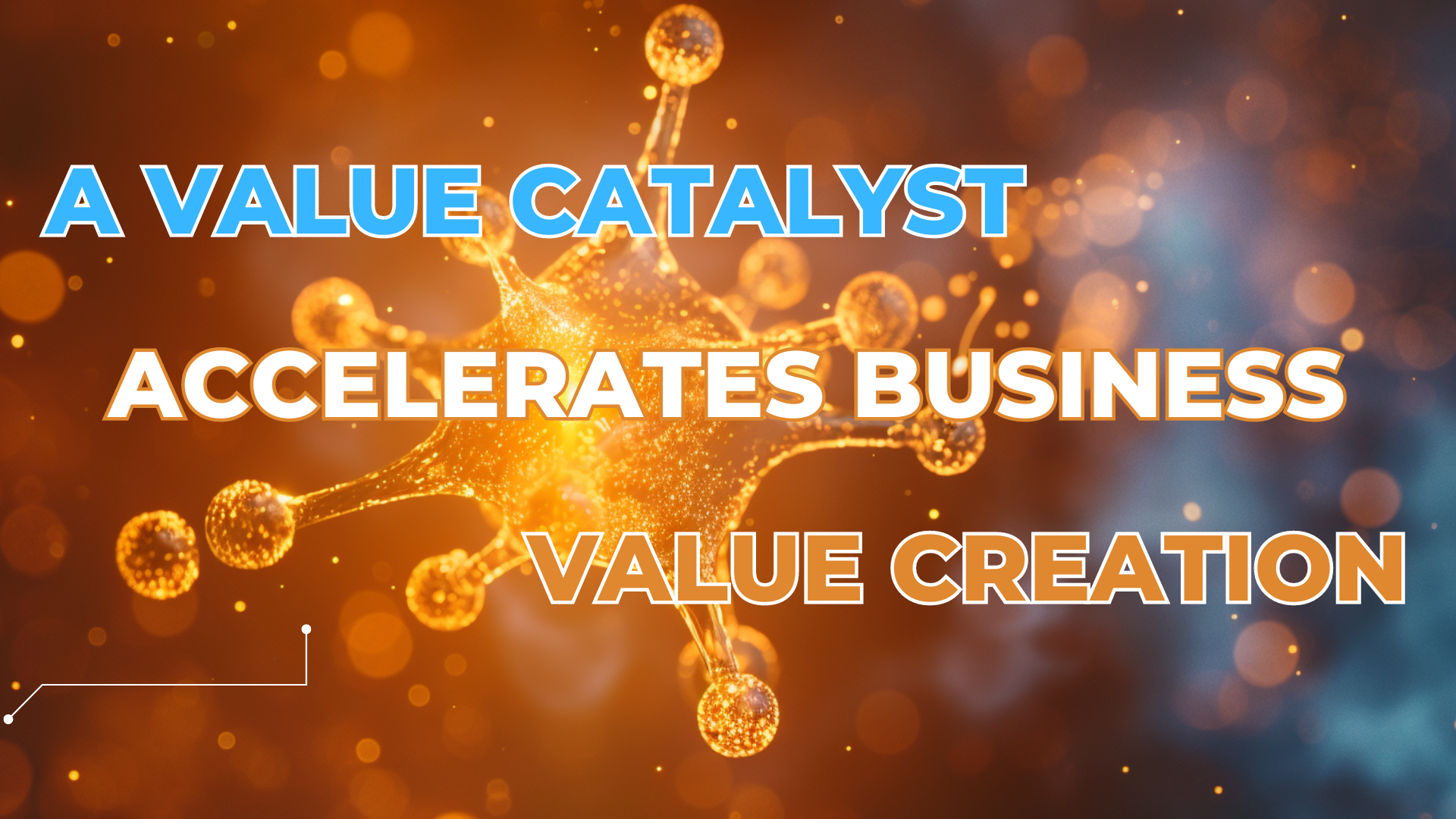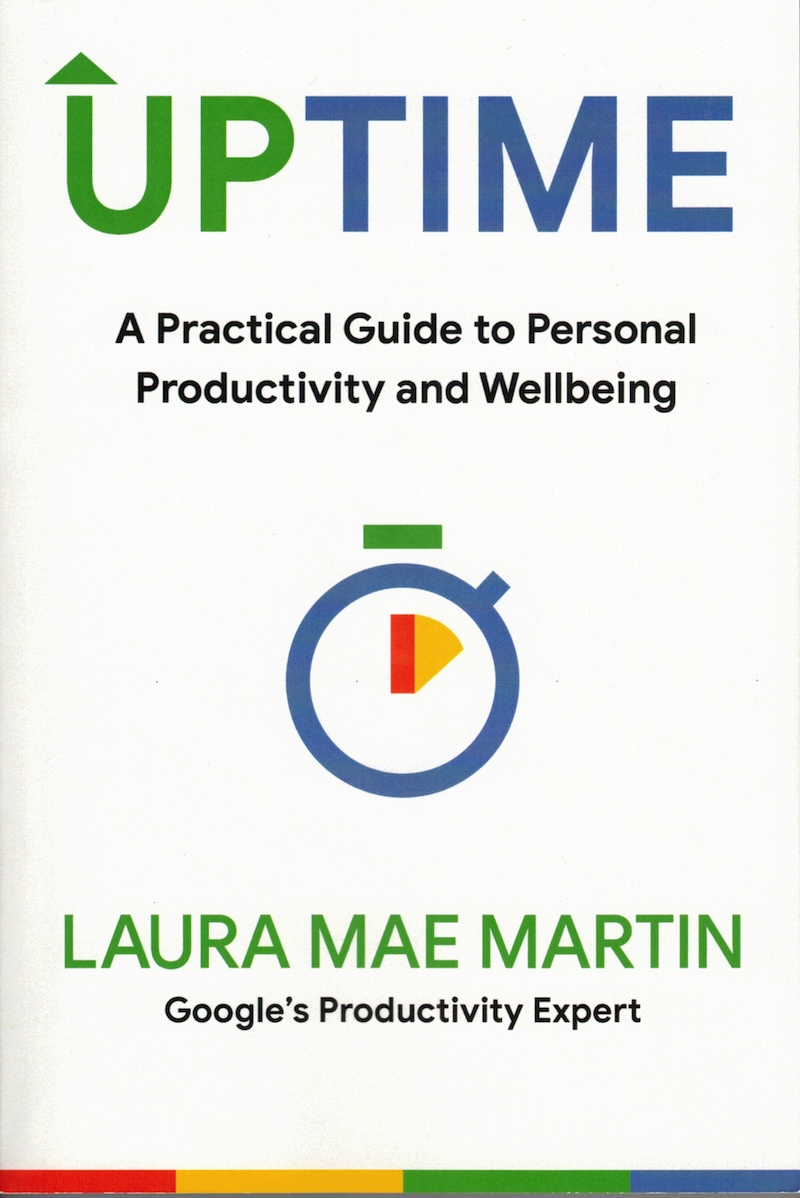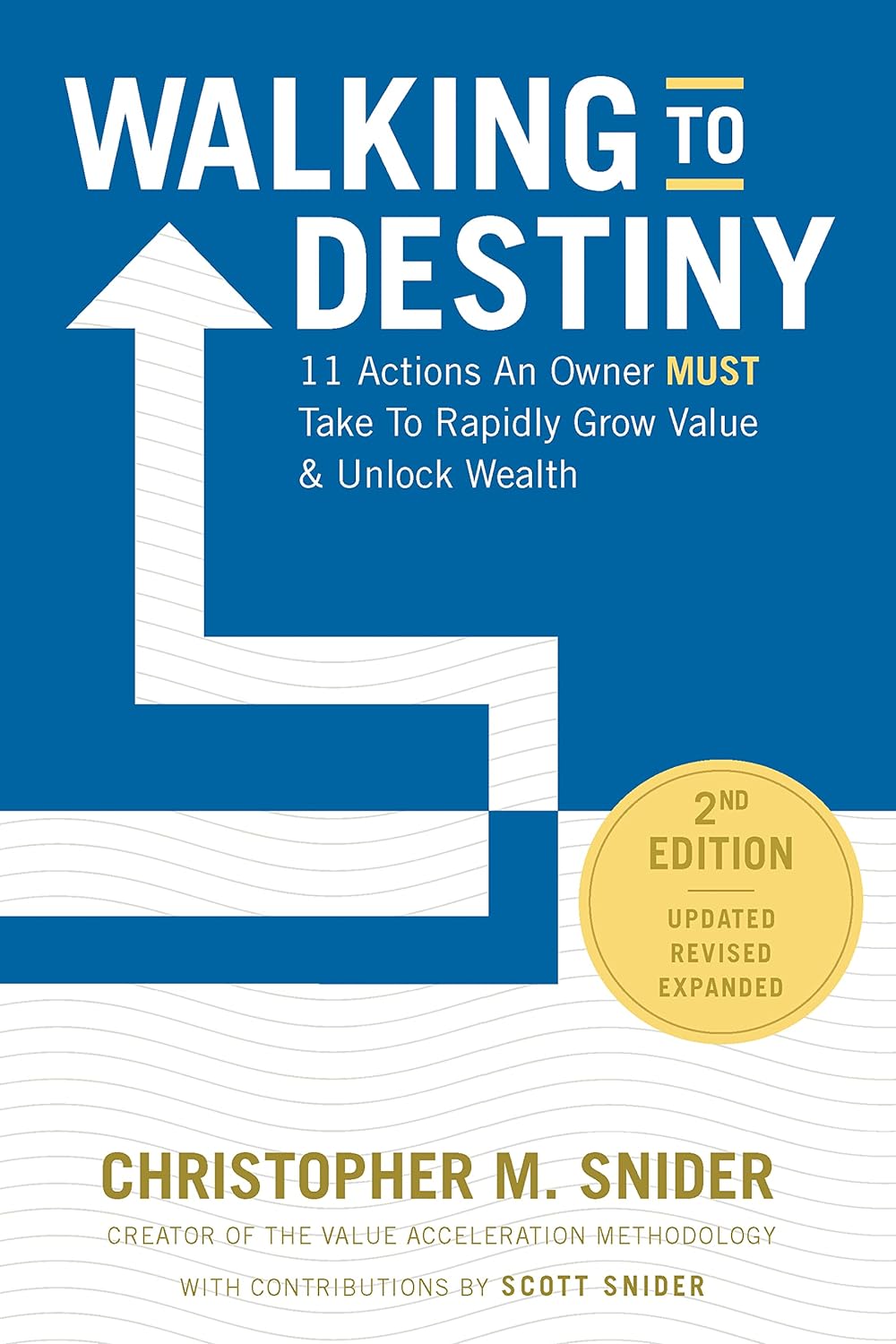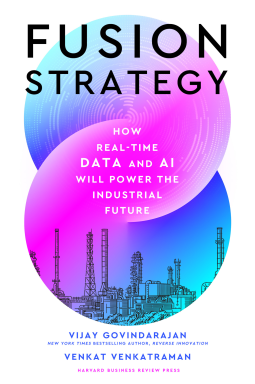Fusion Strategy is a new book (releasing today) by Vijay Govindarajan and Venkat Venkatraman. It lays out an ambitious strategic roadmap for leaders in asset-heavy industries to follow in positioning their businesses for long-term success in the connected intelligence future.
For the past decade I’ve been writing about the Connected Intelligence revolution. I define it as the collision of advanced data processing technologies with massive amounts of available data, resulting in new ways that we see the world, anticipate the future, make decisions, and take action. This revolution has fundamentally transformed many industries, and with the emergence of Generative AI, those disruptions have only accelerated.
So far, the most significant impacts have been felt in what the authors of Fusion Strategy call asset-light industries like entertainment and advertising. This book is for the asset-heavy industries that undoubtedly see disruption heading their way.
There’s so much that I like about this book. It is very well organized, introducing four “vectors of value” early that become the overall organizing framework for the rest of the book, and using a consistent structure to the four corresponding chapters that make up the core of the work. The authors provide specific considerations, decisions, and actions for readers to pursue in their businesses, and they use examples of what real companies are doing in representative asset-heavy industries.
While I agree with the direction provided by the authors, I question how many incumbent leaders in asset-heavy industries will actually be able to follow their guidance. I doubt that the cultures, investors, or unions of these companies will allow most of them to fundamentally transform themselves as outlined in the book. Thankfully companies like John Deere (currently) and IBM (in the past) have demonstrated that it’s not impossible.
Fusion Strategy is a relatively short book (about 180 pages), made up of 9 chapters broken into three parts.
The first part, titled “When Steel Meets Silicon”, provides the conceptual foundation for the approach the authors lay out in the remainder of the book. Some of the concepts they introduce may be familiar to readers and some will be new, but this section brings it all together into the foundation on which they build.
Part two, titled “Vectors of Value”, has one chapter on each of these four potential strategies. This is the core of the book. Each chapter follows the same format:
– An introductory section using a real world example to describe the potential impact of the strategy.
– A section on the “Paradigm Shifts” companies need to achieve in pursuing each strategy.
– A section titled “The Journey Ahead” which walks through four sequential steps companies must pursue in the given strategy.
– A “Checklist” for each strategy — outlining the key questions companies will need to answer in pursuing the strategy.
The final section of the book is titled “Conquering the Fusion Frontier” and only has one chapter which summarizes the entire book into five principles with two recommended best practices for each.
Click the link below for my full review with more details on each section.
While I’m skeptical that many industrial leaders will follow the path outlined by Govindarajan and Venkatraman, I believe they should. I strongly recommend this book to any leader in an asset-heavy industry.
Read the full review here.










